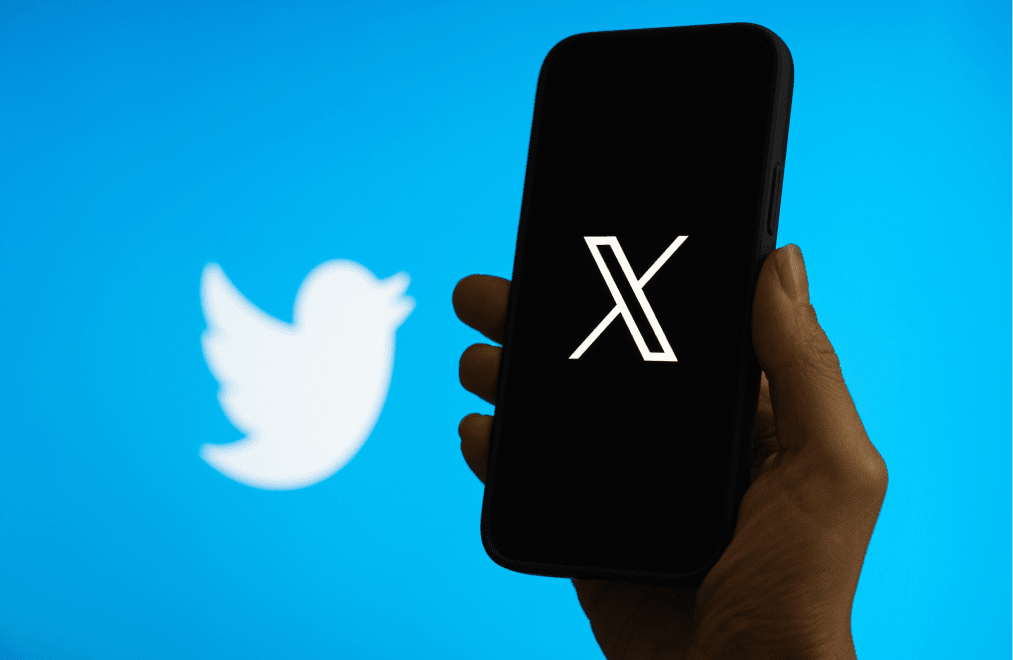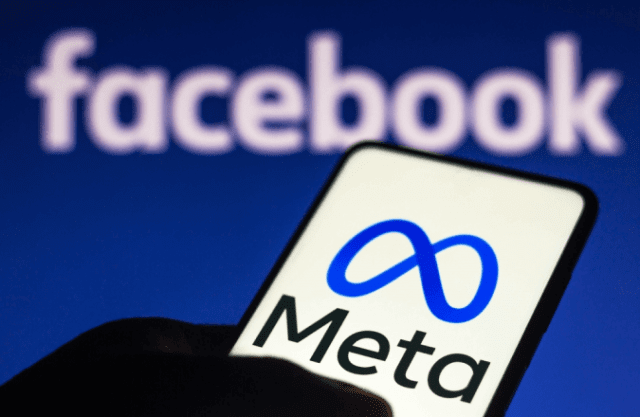A complete guide to X (Twitter) stocks

Learn all about X, from its share price journey to delisting, and the factors that impact its revenues, as well as other key tech shares available to trade.
What is X?
X, formerly Twitter, is a social media platform that enables users to share short messages known as tweets. Originally launched in 2006, X allows users to post, like, and retweet tweets, which are limited to 280 characters. The platform is widely used for both personal expression and as a significant tool for real-time news and discussions, making it highly influential in public discourse, media, politics, and entertainment.
Users can follow other accounts to see their tweets in a feed, interact with tweets through comments, likes, and retweets, and use hashtags to participate in broader conversations on specific topics. X is also known for its role in major social movements and for being a primary means of communication for celebrities, politicians, and other public figures. Over the years, X has evolved to include features like threads for longer discussions, the ability to upload photos and videos, and live streaming capabilities.
As Twitter, the company went public in 2013 on the New York Stock Exchange, but delisted in 2022 following its acquisition by Elon Musk, who took a majority ownership of the company.
In the 2023 fiscal year, the company’s revenue amounted to some $3.4bn.
What is the X share price history?
The X share price history began in 2013 as Twitter, when it experienced significant volatility, reflecting uncertainties about its ability to monetise the platform and grow its userbase.
Throughout 2015 and 2016, X struggled with slowing user growth and revenue issues, which negatively impacted its stock price. In 2015, co-founder Jack Dorsey returned as CEO, aiming to stabilise the company and revitalise growth. This brought some optimism to the market but was followed by continued challenges in expanding the user base and revenue. In 2016, X's stock saw spikes due to rumours of potential acquisition by various tech giants, including Google and Salesforce. However, no deal materialised, leading to volatility in the share price.
By late 2017 and into 2018, X reported improvements in its financial performance and user engagement metrics, leading to significant gains in its share price. But the onset of the Covid-19 pandemic initially caused declines in advertising revenue, impacting X like many other tech companies. However, the platform also saw increased usage during lockdowns.
X faced political and regulatory scrutiny in 2020 and 2021, particularly related to its handling of misinformation and content moderation policies. Actions such as the banning of former US President Donald Trump in January 2021 led to intense public and political debate, impacting X's public perception and potentially the value of its stock.
In April 2022, Elon Musk made an offer to buy the company, which was initially met with uncertainty. However, after several months of negotiations and legal battles, the deal was finalised in October 2022 at $54.20 per share. This event led to X being delisted and going private.
When will X (formerly Twitter) be back on the stock market?
Whether Twitter (X) will be back on the stock market is subject to speculation and will depend on the company’s progress from here. A relisting could be determined by factors such as future user growth and engagement, advertising revenue performance, the competitive landscape, potential new revenue models, and more. Of course, significant appetite among traders and investors for relisting is also key if it is to happen – and most importantly, it would need Musk himself to approve.
How to trade tech shares with CFDs
X may no longer be available to trade, but there is a wide range of tech CFD shares available if you’re seeking exposure to the dynamic world of social media and its surrounding sectors. In social media alone you can trade:
Meta & Alphabet (the parent company of Google) are part of the "Magnificent 7 stocks" group, a group of tech giants whose performance being closely monitored by traders and investors around the world.
Find out how to trade the "Magnificent 7" stocks.
If you want to take a position on tech shares, you have two options. First, you can buy physical shares in the company through the exchange on which it’s listed. Investing in a stock means you will own a share, or shares, in the company. This can be considered a long-term investment, as you’re hoping for the price to rise over time.
Alternatively, you can trade a derivative product such as a contract for difference (CFD) on the underlying stock market price, and speculate on share price movements without actually owning the asset. A CFD is a financial contract, typically between a broker and a trader, where one party agrees to pay the other the difference in the value of a security, between the opening and closing of the trade.
Unlike physical share ownership, you can either hold a long position (speculating that the price will rise) or a short position (speculating that the price will fall). This is considered a short-term investment or trade, as CFDs tend to be used within shorter timeframes.
Another key difference between buying physical shares and trading through a derivative is the leverage that can be employed with the latter. CFDs are typically traded on margin, which means that a trader has exposure to larger positions with a relatively small outlay. This amplifies the potential profits, but also the potential losses, making leveraged trading risky. You can learn how to trade shares in our comprehensive guide to shares trading, and find out more about trading vs investing with our handy guide.
To trade share CFDs with us, just sign up for a Capital.com account, and once you’re verified, you can use our advanced web platform or download our intuitive yet easy-to-use app. It’ll take just a few minutes to get started and access the world’s most-traded markets.
Why trade share CFDs with Capital.com?
Trading share CFDs with Capital.com means you’ll enjoy an intuitive, easy-to-use platform, 24/7 support, fair and transparent pricing, along with award-winning education to help build your experience in the markets.* You can seamlessly integrate our smart platform with elite third-party software TradingView and MT4, and refine your strategies with our risk-free demo.
*Awarded best-in-class for education at ForexBrokers.com’s 2024 Annual Awards
FAQs
Who owns X?
The ownership of X as of 2024 is Elon Musk, but also the Kingdom Holding Company, controlled by Saudi prince and billionaire Alwaleed bin Talal, as well as other organisations like Oracle and Binance.
Can you invest in X (Twitter)?
As X (formerly Twitter) is no longer a listed company, you cannot invest in its shares. However, there is a range of other related tech stocks such as Meta (which also owns Instagram) and Reddit that offer opportunities to trade large social media companies if you’re interested specifically in that sector. It’s also worth noting that other influential social brands such as YouTube are owned by tradeable companies such as Alphabet.
Is X (Twitter) in the Magnificent 7 stocks?
No, X is not part of the Magnificent 7 stocks. The Magnificent 7 is a group of seven US-listed stocks – Apple (AAPL), Microsoft (MSFT), Amazon (AMZN), Alphabet (GOOGL), Meta (META), Nvidia (NVDA), and Tesla (TSLA) – that are recognised for their market influence, earnings potential, and dominance in high-growth sectors such as AI, cloud computing, and semiconductors.
Popularised in 2023, the ‘Magnificent 7’ grouping reflects the increasing weight of these stocks in major indices like the US 500 and US Tech 100.
Visit our other complete guides

How to trade Meta
